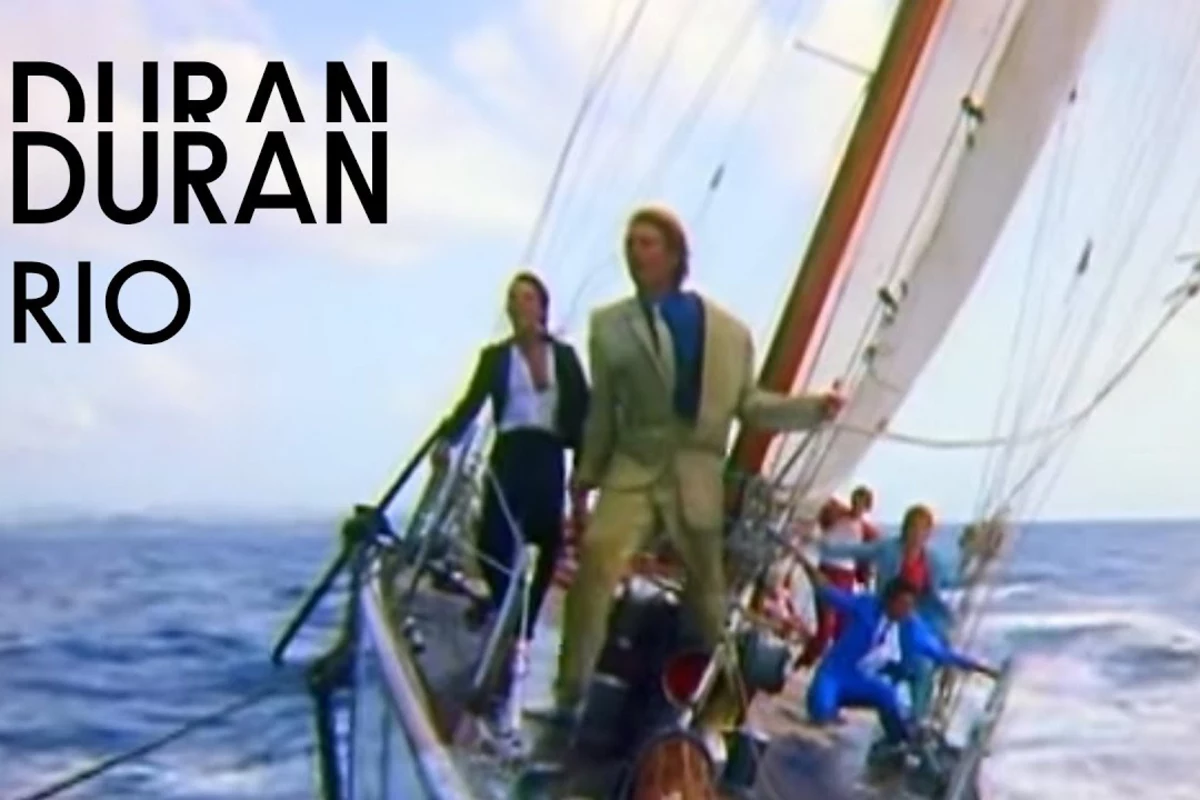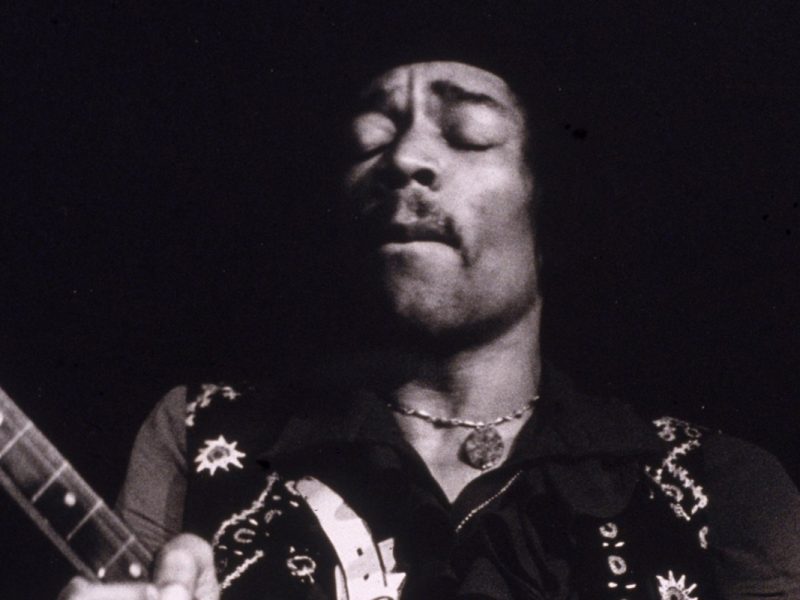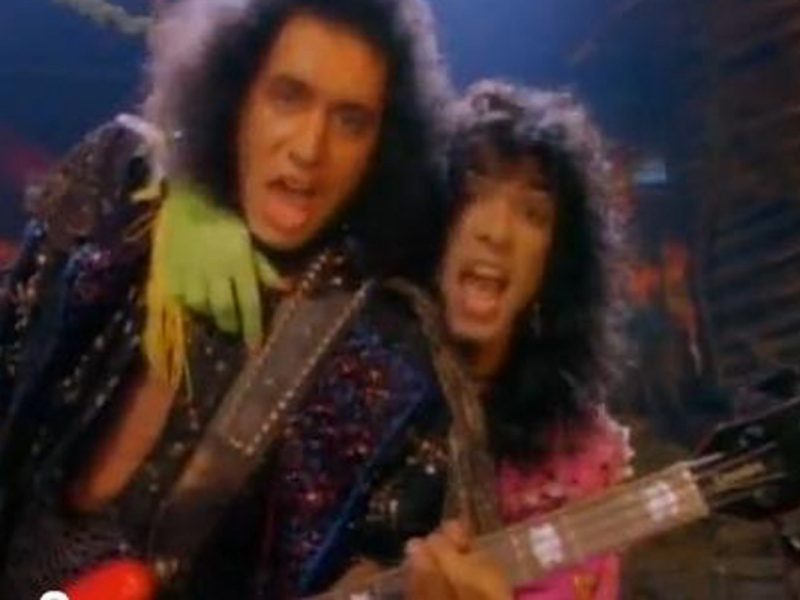On Nov. 1, 1982, Duran Duran released “Rio” as a single in the U.K. The title track of the band’s 1982 LP quickly became one of the Birmingham band’s signature songs, a confident mission statement driven by optimistic lyrics and musical twists and turns.
Keyboardist Nick Rhodes’ frantic, pulsating sequences set a bustling tone matched by drummer Roger Taylor’s steady rhythms. However, “Rio” can have a jazzy feel at times, a testament to the song’s malleable nature. “Rio” also contains one of John Taylor’s most nimble bass lines. In a 2020 video tutorial, he outlined all the influences he poured into the parts before showing viewers how to play it and noted that Duran Duran didn’t perform the song live before recording it. The song was written in the studio.
Aspects of “Rio” had been kicking around Duran Duran’s repertoire for several years before the song finally became Rio‘s title track. John Taylor noted that part of the song’s source material came from a cut called “See Me Repeat Me,” which Duran Duran initially demoed in 1979 with early singer Andy Wickett. “See Me Repeat Me” eventually evolved into “Ami A Go Go” (sometimes written as “Amy A Go Go”), which later Duran Duran lineups performed.
“It had been through several iterations before it became ‘Rio,'” John Taylor told this writer. “And it was, like, just a funky concept song that we stuck with and kept developing.”
Indeed, it took singer Simon Le Bon and his poetry to start hammering the song into shape. Le Bon famously wrote “Rio” after Duran Duran’s first U.S. tour in 1981, because he was deeply inspired by the U.S. and how exciting and awe-inspiring the country could be. These references crop up in abstract imagery (“It means so much to me, like a birthday or a pretty view,” “I’ve seen you on the beach /And I’ve seen you on TV”) that hints at geography.
But some of his lyrical inspiration arose from an encounter he had with a beautiful waitress — perhaps the person who owns the famous “cherry ice-cream smile” mentioned.
“I was infatuated with her, and I came up with that line, ‘Moving on a dance floor, babe, you’re a bird of paradise,'” Le Bon said in 2011. “I took that home and put it together with all my wonderful feelings about being on tour in America. The song started with a girl from Birmingham, but it became about the entire United States, from mountains in the north down to the Rio Grande.”
When Duran Duran was recording Rio at AIR Studios in early 1982, the band also added formative details to “Rio.” Saxophonist Andy Hamilton — who played sax on the extended “Night Version” of “Planet Earth” and also performed the inimitable parts on 1983’s “Union of the Snake” — came to the studio to track what would become the song’s inimitable solos.
Watch Duran Duran’s ‘Rio’ Video
Rhodes had also been listening to experimental composers John Cage and Karlheinz Stockhausen. He decided to find out what it would sound like to drop metal rods on the strings of AIR Studios’ grand piano. “They bounced all over the place, over the strings, and made a fantastic noise,” he told this writer.
For good measure, the recording was then reversed, creating the disorienting, whirring sound heard at the start of the song.
“Rio” received some U.S. airplay in the summer of 1982 but surfaced as a single in the fall, around the same time MTV started airing the song’s Antigua-set music video. Directed by Russell Mulcahy, the clip was as striking as the song itself, owing to the gorgeous locale and shots of the band sailing confidently on a yacht.
But outside of MTV, “Rio” largely made almost no impact — in no small part because “Hungry Like the Wolf” took off on radio instead and became Duran Duran’s first major U.S. hit.
In spring 1983, after “Hungry Like the Wolf” had run its course and began falling down the Billboard singles chart, “Rio” was reissued. The second time was the charm: This time, “Rio” became a hit, reaching No. 14 on the Hot 100.
“Rio” has remained an integral part of Duran Duran’s set lists ever since. The band has typically closed its concerts with the song. The position is poignant: A song about dreaming of success and being in awe of the world at large instead comes to represent wish fulfillment —a buoyant exclamation point that signals a triumphant job well done.
Top 40 New Wave Albums
From the B-52’s to XTC, Blondie to Talking Heads, a look at the genre’s best LPs.



